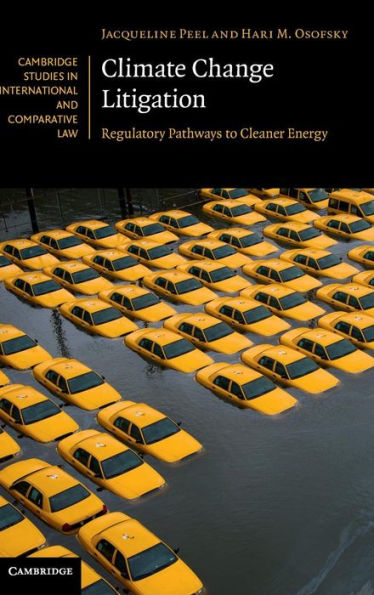5
1

Climate Change Litigation: Regulatory Pathways to Cleaner Energy
376
Climate Change Litigation: Regulatory Pathways to Cleaner Energy
376
140.0
In Stock

Product Details
| ISBN-13: | 9781107036062 |
|---|---|
| Publisher: | Cambridge University Press |
| Publication date: | 04/09/2015 |
| Series: | Cambridge Studies in International and Comparative Law , #116 |
| Pages: | 376 |
| Product dimensions: | 6.30(w) x 9.33(h) x 1.06(d) |
About the Author
From the B&N Reads Blog
